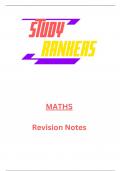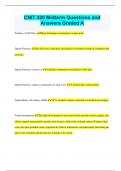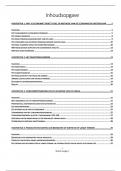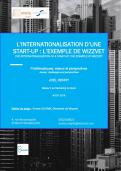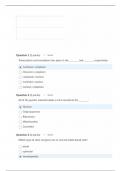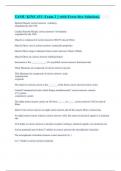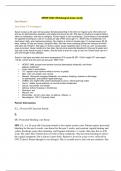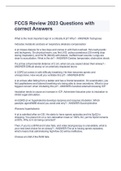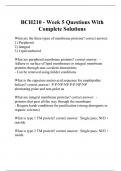Other
JEE Class 12 Maths Study Rankers Revision Notes
- Module
- Institution
JEE Class 12 Maths Study Rankers Revision Notes are meticulously crafted resources designed to equip students with the essential tools to conquer the intricate challenges of the Joint Entrance Examination (JEE). Tailored specifically for Class 12 students, these comprehensive notes serve as an inva...
[Show more]
